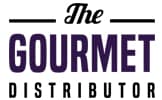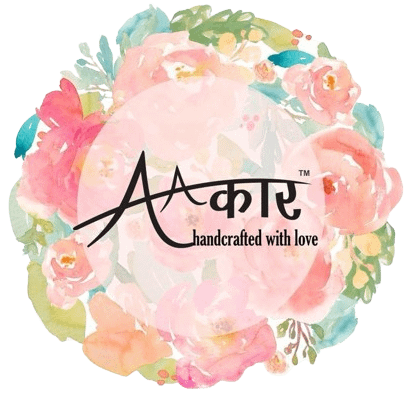Have you ever stopped to think about the chemicals we might unknowingly consume from the paper or ink used to wrap our food? Until recently, this was something I hadn’t considered either. That changed when I learned about food-grade paper—a topic that should be a priority for both businesses and consumers in the food industry.
What is Food-Grade Paper?
Food-grade paper is specifically designed for packaging food and beverages, ensuring it is free from harmful chemicals. Made from virgin paper pulp, it complies with strict food safety standards. Virgin pulp comes from wood or cotton fibres, ensuring high-quality and durable paper that is essential for protecting food items from contaminants.
The Importance of Virgin Paper
While recycled paper is environmentally friendly, it’s not always suitable for food packaging. Recycled paper may contain residues from previous uses, including harmful chemicals. Virgin paper, made from fresh wood or cotton pulp, provides a clean slate, making it ideal for food packaging, especially for items that are greasy, moist, or require long storage times.
The Hidden Danger of Inks
Beyond the type of paper used, the ink used in printing is crucial. If non-approved ink is used, it can pose serious health risks. Harmful chemicals in these inks can transfer to food, especially if the food is warm, moist, or greasy. Companies must prioritise food safety by using approved, food-safe inks that meet the required safety standards. European food-grade inks, for example, are highly regulated and safe for food contact.
Raising Awareness
In an industry where margins can be tight, businesses might opt for cheaper packaging solutions. However, food safety must always be the top priority. Cutting costs on food wrapping paper and ink can lead to significant health risks for consumers and harm a business’s reputation.
As consumers, it’s important to be aware of what’s wrapping our food, particularly with street food or fast food, where lower-cost packaging is often used. Asking businesses about the safety of their packaging or encouraging the use of food-grade materials can create more demand for safer, high-quality products.
Conclusion
Food safety begins from the very first layer—the packaging. Whether it’s the paper used to wrap a burger or the ink used to print a logo, every detail matters. By choosing food-grade paper and approved inks, businesses can ensure their customers enjoy great food and are protected from harmful substances. Let’s make it a priority to choose packaging that safeguards our health and serves our needs. Let’s make every layer of protection count.












